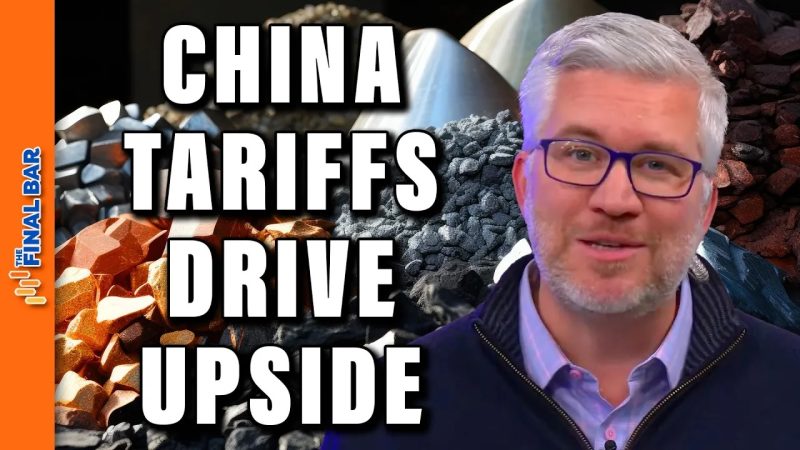Rare Earth Minerals: The Hidden Powerhouse Behind the U.S.-China Trade War
The ongoing trade tensions between the United States and China have brought attention to a crucial yet often overlooked aspect of the global economy – rare earth minerals. These minerals, with their unique properties and applications across various industries, have become central to the escalating conflict between the two economic giants. China’s dominant position in the rare earth market has given it significant leverage in the trade war, provoking concerns about supply chain vulnerabilities and the need for diversification.
Rare earth minerals constitute a group of 17 elements that are integral to the production of high-tech devices such as smartphones, electric vehicles, and advanced weapon systems. Despite their name, these minerals are not actually rare in terms of abundance in the earth’s crust. However, the challenge lies in their extraction and processing, which can be complex and environmentally hazardous.
China currently controls a substantial portion of the global rare earth market, accounting for over 80% of worldwide production. This dominant position has been a source of concern for other countries, especially the United States, which heavily relies on these minerals for its technology sector. The trade war has further exacerbated these concerns, as China has threatened to restrict rare earth exports to the U.S. as a retaliatory measure.
The escalation of tariffs by both countries has raised the stakes in the rare earth market. The U.S. recently imposed tariffs on rare earth imports from China, increasing the cost for American businesses that depend on these minerals. In response, China has signaled its intention to exploit its dominant position in the rare earth market as a strategic weapon in the trade war. This threat has heightened fears of a potential supply chain disruption, leading to calls for diversification and increased domestic production in the U.S.
Amidst these tensions, the rare earth market presents both challenges and opportunities for the global economy. The reliance on China for rare earth supply underscores the vulnerability of international supply chains to geopolitical risks. As countries seek to secure access to these critical minerals, efforts are being made to develop alternative sources and reduce dependence on a single supplier.
Several countries, including the U.S., Australia, and Japan, are exploring ways to diversify their rare earth supply chains and promote domestic production. Initiatives such as the reopening of rare earth mines, investment in recycling technologies, and research into alternative materials are being pursued to reduce the risks associated with China’s dominance in the market. These efforts not only aim to mitigate the impact of the trade war but also to strengthen national security and safeguard technological innovation in the long term.
In conclusion, rare earth minerals have emerged as a critical factor in the U.S.-China trade war, highlighting the strategic significance of these elements in the modern economy. The escalating tensions between the two countries have underscored the need for diversification and resilience in global supply chains, particularly in industries reliant on rare earth minerals. As countries navigate the complexities of the rare earth market, the pursuit of sustainable solutions and international collaboration will be essential to ensure a stable and secure supply of these vital resources for the future.

